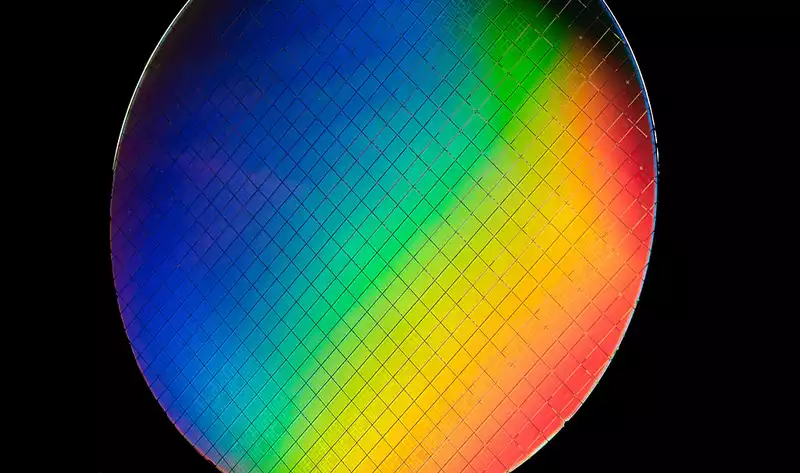Quantum computers have the potential to overwhelm conventional computers by performing incredibly complex calculations and simulations in a fraction of the time. But there are problems. Actually, there are several, but one of the major hurdles is that quantum computers must be incredibly cold in order to work. But it won't last that long: two separate research teams have each announced milestones that could cut cooling costs from millions to thousands of dollars.
As reported by IEEE Spectrum, both teams published their findings in Nature. Jim Clark, Intel's director of quantum computing, is involved in one of the papers on the research led by Menno Feldhorst of Delft University of Technology. The other paper is by researchers Andrew Zurak and Henry Yang of the University of New South Wales. Both teams successfully performed quantum operations at more than 1 Kelvin. This is a little over -457.87 degrees Fahrenheit or -272.15 degrees Celsius, which is a fairly low temperature, but warmer than normal for quantum computing.
To understand why this is important, let me explain the quantum bit. In the classical computers we use today, binary bits operate in two states, off and on, represented by 0 or 1. A qubit is similar, but can operate in both states at the same time, which is known as superposition. As Wired recently explained, this is easiest to understand by comparing it to the flip of a coin: a binary bit can be both front and back, just like a qubit. But a qubit can also be in a superposition state. This is like spinning a coin and allowing the coin to potentially fall on either side. Both the front and back sides exist until the coin stops spinning.
A bit more complicated (IEEE has more details), but by allowing for uncertainty, the qubit allows for more complex computations. The benefits are immeasurable, from potential advances in artificial intelligence to the development of new types of drugs to more accurate weather prediction. (And, of course, creating more complex games.)
Now, here's the problem: Qubits require a lot of cooling. As Intel explains in a press release, qubits usually only work when something is as cold as possible. This is called "absolute zero," defined as 0 Kelvin or -273 degrees Celsius. Getting quantum operations up to 1 Kelvin from there may not seem like a big step, but according to the researchers, it opens up new possibilities and can dramatically reduce cooling costs. [This study represents a major step forward in our work on silicon spin qubits. We believe that silicon spin qubits are a promising candidate for powering commercial-scale quantum systems because they are similar to the transistors that Intel has been producing for over 50 years," said Professor Clark." The demonstration of hot qubits that can operate at high temperatures while maintaining high fidelity paves the way for a variety of local qubit control options without affecting qubit performance."[9
Dzurak further states in practical terms that maintaining 1.5 Kelvin "can be achieved with just a few thousand dollars in refrigeration, rather than the millions of dollars needed to cool a chip to 0.1 Kelvin."
These breakthroughs will allow qubits to operate at temperatures 11 to 15 times higher than previously required. While it still requires a great deal of cooling, it is far more economically feasible and is a step toward bringing more qubits together.
That doesn't mean the next gaming PC will be a quantum computer. Clark said he believes this breakthrough "augments" the existing timetable for quantum computing and will begin to impact our lives within 8 to 10 years.
Thanks to IEEE Spectrum and Phys.org
.

Comments